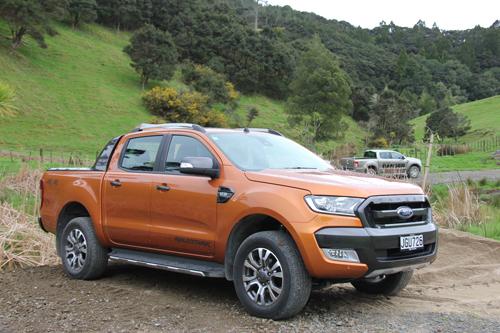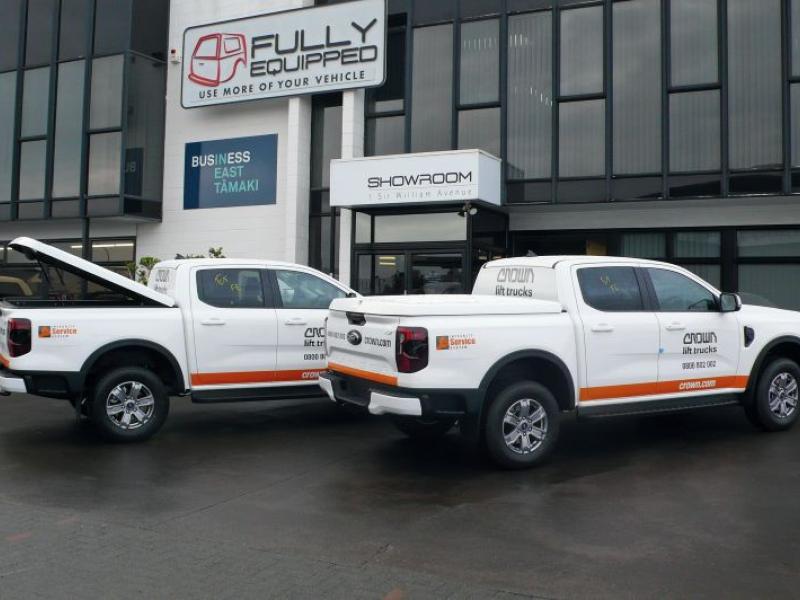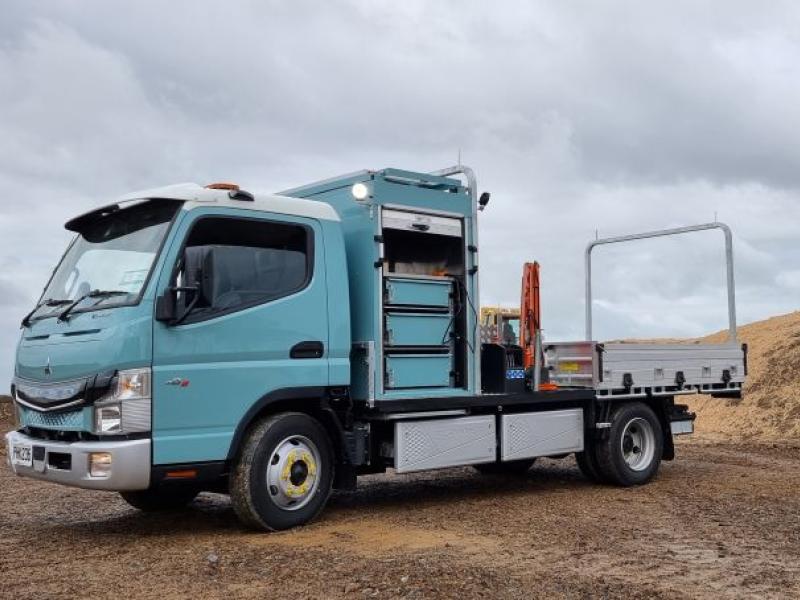By John Oxley
The latest Ford Ranger isn’t just about a tougher look and a pretty face – under the skin, and inside the cabin, it has come in for quite a significant changes which make it arguably the best-equipped utility on the market at the moment, with many of its features not out of place in an expensive SUV.
These include the fitment of electric power steering (EPAS) to give it car-like driving characteristics, as well as improvements to the suspension and NVH (noise, vibration and harshness), again making it ride more like a top-end SUV than a working utility.
The EPAS gives much better flexibility of calibration than the hydraulic version fitted before, and allows such life-saving features as Lane Keep Assist, which applies a degree of torque to the steering wheel to “guide” the driver back into his lane if he wanders. The Ranger is the first ute to get this feature.
The steering is light and manageable for low-speed manoeuvring, such as parking, and more precise at higher speeds, with assistance varying as necessary based on speed, steering wheel angle, cornering forces and acceleration or deceleration.
Other features available on top Ranger models include adaptive cruise control, Sync connectivity, a tyre pressure monitoring system, and trailer sway control, and Ford has also gone upmarket with the addition of a cooled centre console, dual zone climate control, and heated front seats. All models get Bluetooth with voice control.
In addition the Wildtrak gets Forward Collision Warning, Lane Departure Warning, and a driver impairment monitor.
Among other smart technologies available within the refreshed Ranger range are hill launch assist, hill descent control, adaptive load control, which adjusts the dynamic stability control system based on vehicle load; and emergency brake assistance.
Although most of the development work was done by Ford engineers in Australia, they turned to world-renowned Riccardo Engineering in the UK to re-map the engine control software to improve engine flexibility, particularly at low revs.
The manual transmission has been revised, too. Complaints about a rubbery feel have been addressed, with a re-designed shift mechanism using an isolated cable shifter system. The gear ratios were changed to give a better spread of power and torque, and the final drive ratio was also changed.
An auto stop-start system also fitted on manual transmission models.
The adaptive automatic transmission also came in for some changes, too, with its ECU remapped to give quicker driving style recognition, while a redesigned torque converter has optimised pull away and launch performance.
At the same time work went into the refinement of the driveline from an NVH point of view, with new hydraulic engine mounts, and a more robust differential system incorporating a mechanically-locking e-Locker diff lock – which can be engaged on the fly up to about 50 km/h.
The changes to engine and gearbox calibration give a minor improvement in fuel economy, about 0.4 to 0.6 percent, but the engineers insist it’s the improved driveability which counts most. Power and torque in the five-cylinder turbo-diesel motor remain at 147kW/450Nm.
An important feature is that the Ranger continuously monitors how the vehicle is being driven, and will sound and flash a warning if driving seems to be impaired in any way.
An important part of the upgrade was to ensure that the Ranger retains its 3,500kg (braked) tow rating, as well as its 230mm ground clearance and 800mm wading depth.
The Ranger has also had a lot of work done to improve the interior and to deliver a more car-like environment which combines innovation and functionality, with a new instrument cluster and centre panel.
Other new standard features include Sync2 with a high-resolution eight-inch touchscreen (XLT and Wildtrak), satnav (XLT and Wildtrak), adjustable speed limiter, 230V inverter (Double and Super Cab models), projector headlamps (XLT and Wildtrak), rear box light, dual colour 4.2 inch instrumentation screens (XLT and Wildtrak, reversing camera (XLT and Wildtrak) and rear parking sensors (XLT and Wildtrak).






